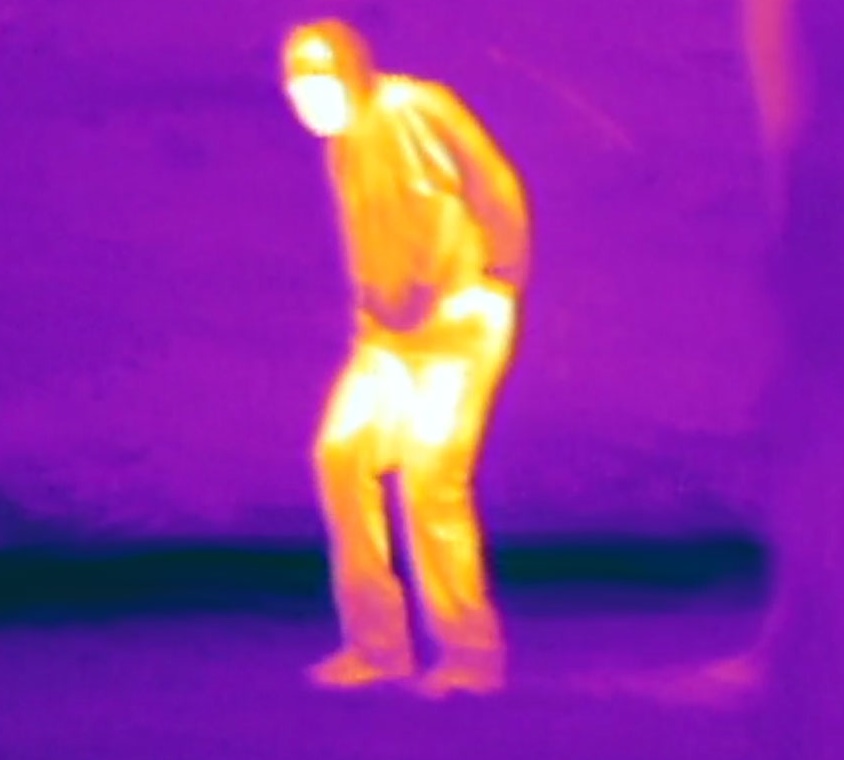[http://www.idownloadblog.com/2015/01/07/aces2015-flir-one-2nd-gen/](http://www.nachi.org/forum/View Post http://www.idownloadblog.com/2015/01/07/aces2015-flir-one-2nd-gen/)
(Thanks go to Rick Elliott](http://www.nachi.org/forum/users/relliott/) for providing link)
READ BETWEEN THE LINES…
By “enhancing the perceived 640×480 resolution of the thermal image” is another way of saying the photo saved in the camera is enhanced to LOOK LIKE the resolution mentioned. TESTO does this too with their cameras and they call it SUPER RESOLUTION of the image, but it is not what is seen on the viewer screen. FLIR is using MARKET SPEAK to fool the novice. The image at the bottom of this post is from the promo page and it is not your normal 640x480 resolution by any means.
FLIR DESCRIBES IT’S ENHANCING PROCESS
This is achieved with MSX blending, which embosses the visible camera onto the thermal image without eliminating any thermal information, greatly enhancing the perceived resolution of the thermal image.
The FLIR ONE actual resolution on the viewer screen will be closer to 160x120 resolution (4 times the original model) But it does not specify the mk sensitivity level, much must be low enough (100 mk) to be considered functional for a PROFESSIONAL LEVEL camera and meet the RESNET standard.
RESOLUTION
Original model 80x60 = 480
Estimate of new model 160x120 = 19,200 (4 times greater)
I noted in the ad content it does not say it is a PROFESSIONAL LEVEL camera, which is the text FLIR uses for true higher resolution cameras that can be used by PROS. It is not even promoted for building inspection purposes.
From the one image displayed on the promo page, I can see why FLIR does not promote this new camera as a PROFESSIONAL LEVEL camera. Blobs of heat lack the needed details to produce reliable results for a infrared building inspection. We need more details to know what this camera is really producing.
